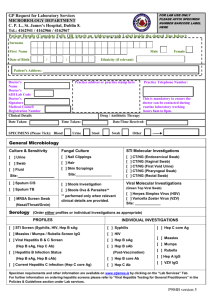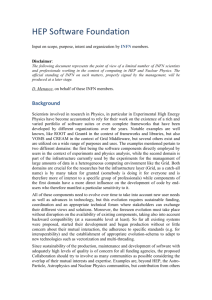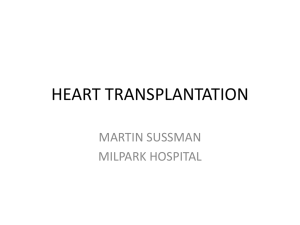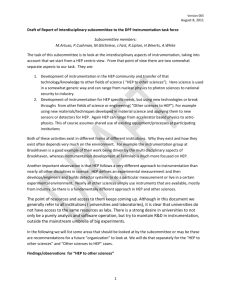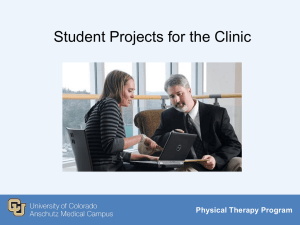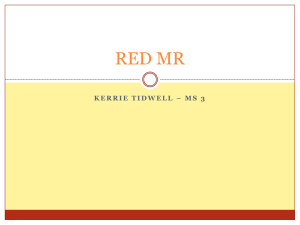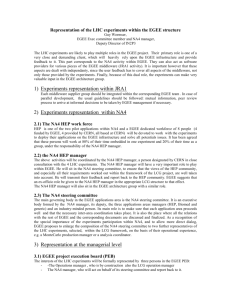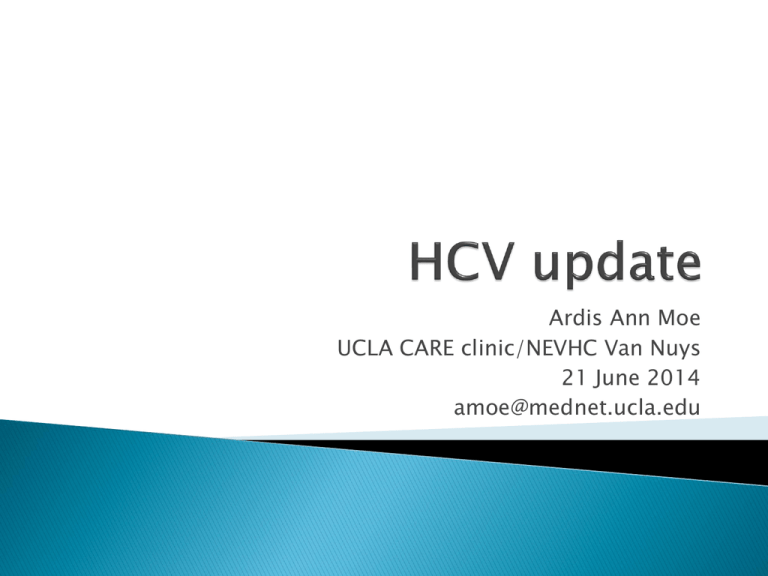
Ardis Ann Moe
UCLA CARE clinic/NEVHC Van Nuys
21 June 2014
amoe@mednet.ucla.edu
1) terminology of hep C
2) benefits of hep C treatment
3)drug interaction issues with HIV meds
My thanks to my colleague Debika Bhattacharya for use of
her slides for this presentation.
Hep C viral load is not the same as HIV viral
load
◦ Hep C viral load does not correlate with risk of
death, cirrhosis, liver damage.
Hep C can be cured with current medications,
unlike HIV.
◦ Cure=SVR “sustained virological response”
◦ Hep C viral load 6 months after completing
treatment is undetectable = SVR
CHILD score: A, B or C.(also scored
numerically:5 or more points)
◦ Risk of death from cirrhosis.
◦ Only to be used in patients with documented
cirrhosis
◦ Important since simeprevir contraindicated in
patients with CHILD score>5.(or B or C)
◦ Website for calculator for CHILD score:
◦ :http://www.mdcalc.com/child-pugh-score-forcirrhosis-mortality/
Patients who do develop cirrhosis have many
problems:
◦
◦
◦
◦
◦
◦
◦
Esophageal varices and recurrent internal bleeding
Ascites (fluid on the abdomen)
Brain damage from hepatic encephalopathy
liver cancer
Problems with medications
Leg edema
Jaundice
Even without cirrhosis, there are
complications of hep C
◦
◦
◦
◦
Fatigue
Cryoglobulimia (kidney damage)
Porphyria cutanea tarda
Increased risk of diabetes
Treatment of hep C reduces or eliminates risk
of liver cancer, cirrhosis, cryoglobulinia, and
porphyria.
However, cirrhosis is permanent scarring, so
once there is cirrhosis, there is always some
risk of liver cancer in the future, even if hep C
cured.
Treatment of hepatitis C also appears to
alleviate fatigue. Hepatology.2014 Apr 5
HCV DAA (direct acting antiviral) Cheat Sheet
◦ PREVIR
Protease inhibitors: telaprevir, boceprevir, simeprevir
◦ BUVIR
Polymerase inhibitors
Sofosbuvir
ASvir
NS5A inhibitors: Daclatasvir, ledipasvir
IFN-free:
Genotype
ribavirin)
Genotype
Genotype
Genotype
1: Sim/Sof x 12 weeks (+/-
2: Sof/ribavirin x 12 weeks
3: Sof/ribavirin x 24 weeks
4: Sof/rifabirin x 24 weeks
Simeprevir
◦ Rash including photosensitivity (28%), itching (22%),
nausea (22%), shortness of breath (12%), elevated
bilirubin (49%)
Note rash more likely in patients with cirrhosis
Sofusbuvir
◦
◦
◦
◦
◦
◦
◦
◦
◦
Fatigue 59%
headache 36%
insomnia 25%
chills 17%
irritability 13%
rash 18%
itching 27%
nausea 34%
diarrhea 11%
Overall <5% of study subjects stopped
sofosbuvir and simeprevir on the COSMOS
and other studies because of side effects.
Daclatasvir: effective against genotypes 1,2,3
Ledipasvir: effective against genotype 1; to be
combined with sofosbuvir into 1 pill a day
find those patients who need to be treated
NOW with simeprevir/sofosbuvir, and who are
willing to be on a limited HIV regimen
(complera, isentress, truvada) in order to
prevent drug interactions
Patients who are on Atripla, Stribild, or
boosted protease inhibitors will have to wait
until more hep C drugs available.
Treat HIV first if CD4 <500 and get HIV viral
load <50 copies for maximal response from
hep C meds
If CD4 count >500, may be able to wait on
starting HIV meds until after hep C treatment
completed.
Obtain baseline hep C viral load (within 3
months of beginning treatment)
Counsel patient on need to take all meds
Counsel patient on need to avoid sunlight,
risks of nausea and rash
Alter patient’s HIV regimen if necessary.
Follow-up 2 weeks and at 4 week point after
initiating hep C meds to check on adherence
and immediate side effects. Mild rash can be
treated through with benedryl, topical
steroids
Check CBC, platelets, AST, ALT every 2 weeks
during first 4 weeks.
Repeat Hep C viral load at Week 4 point
Hep C viral load should be <25 copies at
Week 4 point; if not, patient may need to be
discontinued to prevent resistance.
Recheck hep c viral load at Week 8.
If hep c meds tolerated, see patient at Week
4, Week 8 and Week 12 and check CBC,
platelets, AST, and ALT at each visit(or
monthly if being treated x 24 weeks)
If patient on ribavirin containing regimen,
dose reduce ribavirin if anemia develops: Hb
< 10
Most anemia with Sof/ribavirin mild.
Repeat Hep C viral load 6 months after
completing therapy to ascertain cure: “SVR”.
36%
50%
9%
5%
1)hep C viral load of 2,000 copies may be a
patient undergoing self-cure
2)a patient who is cured of hep C but still ha
cirrhosis has no risk of liver cancer
3)simeprevir has multiple drug interactions
with many HIV medications
4)patients cured of hep C have less fatigue
191 MSM with cured (treated with meds) or
spontaneously cleared hep C
◦
◦
◦
◦
◦
44 were reinfected
8 were infected several more times
Same or different genotypes
None had IDU risk factor
Estimated that 25% will be re-infected within 2
years of cure.
◦ AIDS 2013 Oct 23;27(16):2551-7
Prison populations in Spain:
◦ 119 Hep C Ab+, cured or spontaneously cleared
while as inmate. 81% hx of IDU
◦ Reinfection rate 5.37 per 100 person years, higher
in active IDU and HIV co-infected
◦ J Hepatology. 2013 July;59(1):45-51
Selection of patients for hep C treatment will
have to include safe sex counseling and
sobriety
Interferon free hep C drugs are here, and
more coming
Be prepared for elaborate PA process to get
the meds
Treatment will reduce complications of hep C
infection and improve quality of life
Select patients who are not likely to get reinfected and will adhere to frequent clinic
visits during treatment.


